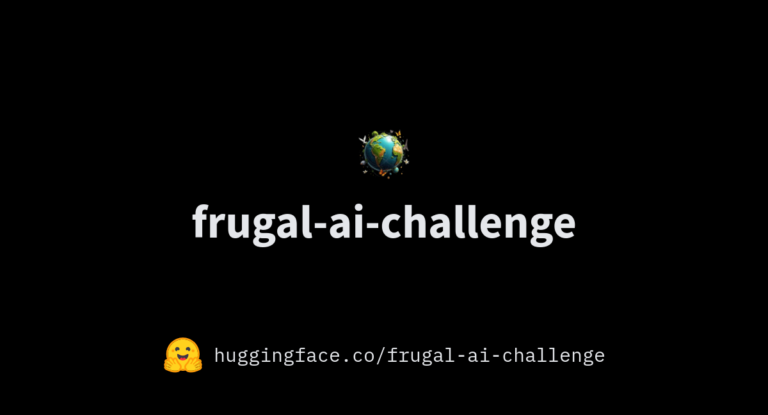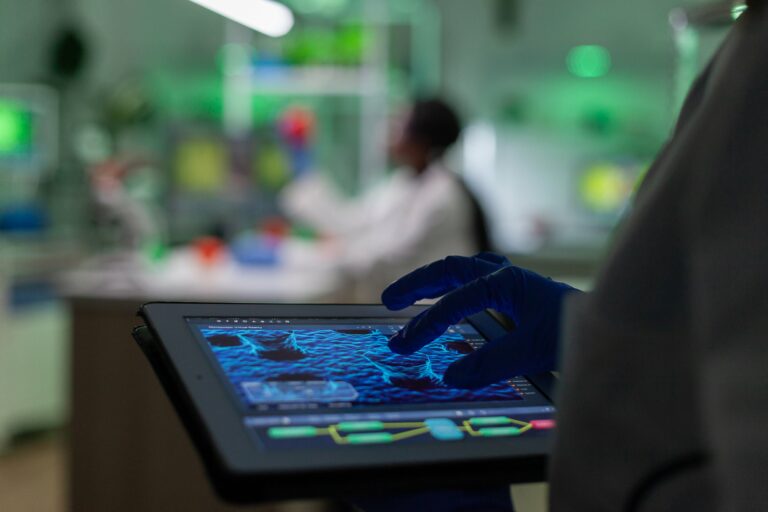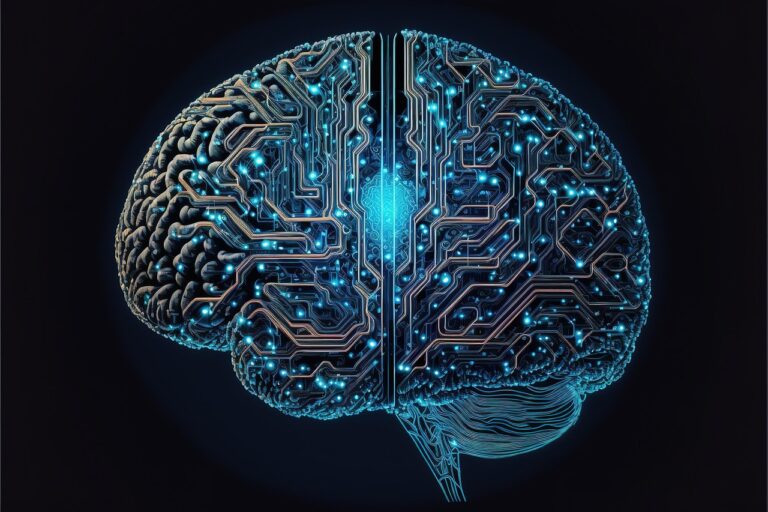Sustainable AI Hackatons
These events not only foster creativity and technical excellence but also drive meaningful impact by promoting solutions that align with sustainability goals. Participants and enthusiasts alike are increasingly recognizing the potential of AI to build a more resilient and eco-friendly future.
FutureHacks 7
FutureHacks 7, an AI-focused hackathon hosted by AiGoLearning, is set to take place virtually from April 18-20, 2025. This year’s event revolves around the theme of Sustainability, inviting students to develop AI-powered solutions that address pressing environmental and social challenges. The hackathon aims to inspire creativity and innovation while fostering a commitment to sustainable development.
Participants will work in teams to design and develop projects that align with the sustainability theme, showcasing their technical skills and innovative thinking. The event will culminate in a judging session where industry experts will evaluate the projects based on creativity, technical excellence, presentation quality, and the ability to respond to questions.
- Date: April 18-20, 2025
- Format: Fully virtual
- Platform: Zoom
Water Scarcity
Hosted by Capgemini, the Water Scarcity Hackathon is an international event focused on technology, innovation, and ecology, has been launched since February 2025, and will last until May 2025. This hackathon challenges participants to develop solutions that reimagine water management, fostering a sustainable future through data science.
Participants, either individually or in teams, will create predictive models to forecast water flow within a watershed and optimize water allocation among various economic stakeholders in an eco-friendly manner. The hackathon offers a unique platform to explore innovative predictive models, learn from experts in hydrology, data science, and climatology, and contribute to open-source sustainable solutions.
- Dates: February 2025 – May 2025
- Duration: 3.5 months, divided into two phases: Phase 1 for developing the predictive model and Phase 2 for optimizing water distribution.
- Format: Fully virtual








